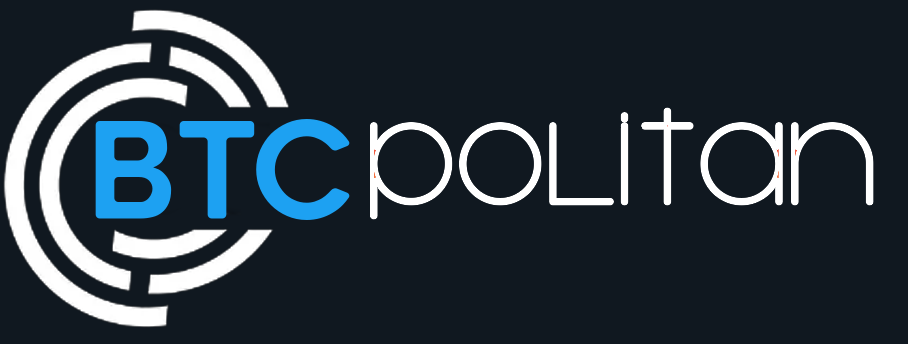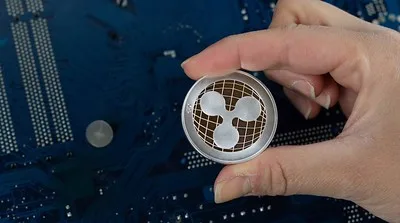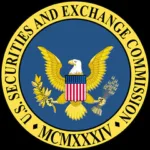In a recent development, Brad Garlinghouse, the CEO of the American blockchain payments company Ripple, has revealed that the US government is looking more closely at Tether (USDT).
Tether is the payment firm behind the biggest stablecoin in the world, USDT. This action by the government, led by President Joe Biden, is a significant development in the ongoing discussion about regulating digital currencies.
However, Garlinghouse expressed his concerns in a social media post, stating, “I don’t know how to predict the impact that the US government’s crackdown on the stablecoin would have on the rest of the ecosystem.” His comments underscore the uncertainty surrounding the future of USDT and its role within the broader crypto ecosystem.
In an interview, Garlinghouse discussed multiple events currently taking place in the digital asset sector, including Binance founder Changpeng Zhao’s arrest and the technological threat to Bitcoin.
On the X social media platform, Tether CEO Paolo Ardoino criticized Ripple’s Brad Garlinghouse in his post, calling him an “uninformed CEO.” He also mentioned that Garlinghouse’s own company, Ripple, is currently under investigation by the SEC.
Tether (USDT) & National Security
Moreover, It’s important to know that the American government found out that terrorist groups and people in countries the U.S. has put sanctions on are using USDT.
In April, Adewale Adeyemo, the Deputy Secretary of the US Treasury, talked to the Senate Banking Committee. He mentiond that Russia is using USDT and other ways to pay without following US sanctions.
However, Ripple, a fintech company, recently announced its plans to create a stablecoin. This coin would be worth the same as one US dollar and would work on the XRP Ledger.
Right now, stablecoins are worth about $150 billion. But Ripple thinks this could increase to $2.8 trillion by 2028.
Related Reading | SEC Halts Coinbase’s Howey Test Inquiry
The author’s views are for reference only and shall not constitute any investment advice. Please ensure you fully understand and assess the products and associated risks before purchasing.




Comments (No)